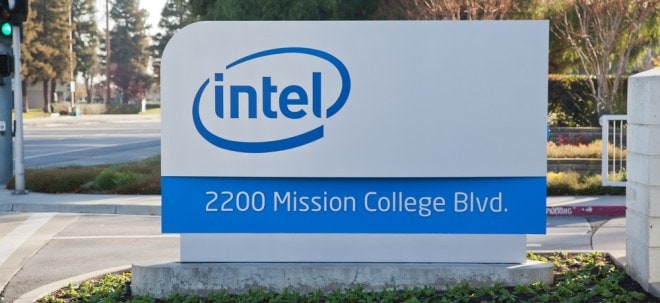By Hugh Son and Zachary R. Mider
May 4 (Bloomberg) -- American International Group Inc., the insurer rescued four times by the U.S., may post first-quarter results this week that don’t trigger a new capital injection from the government, said three people familiar with the matter.
The insurer will report that results in the first three months of 2009 improved from the record $61.7 billion fourth- quarter loss that New York-based AIG posted in March, according to the people, who declined to be identified because the firm scheduled its earnings announcement for May 7.
The Federal Reserve and Government Accountability Office said in March that AIG might need more funds on top of the $182.5 billion already committed, souring Congress on expanded U.S. aid to financial firms. The quarterly report would be the first since AIG’s bailout in September in which taxpayers weren’t asked for more cash to stabilize the insurer, deemed by regulators to be crucial to the financial system.
“The fact they don’t appear to need more money is important because it may be a bottoming out of their problems,” said Phillip Phan, professor of management at the Johns Hopkins Carey Business School in Baltimore. It is too early to conclude the insurer has been stabilized, Phan said.
Christina Pretto, a spokeswoman for AIG, Michelle Smith of the Federal Reserve and Stephanie Cutter of the Treasury declined to comment.
Subprime Loans
AIG was first rescued in September with an $85 billion credit line after a liquidity squeeze caused by credit-default swaps the insurer sold to banks to protect them against losses on holdings tied to subprime mortgages. The company agreed in September to hand over a controlling stake to the U.S. and to install Edward Liddy as chairman and chief executive officer, replacing Robert Willumstad.
The Federal Reserve said in March, on the day of the fourth bailout, that stabilizing the firm “will take time and possibly further government support.” The GAO later said that “further assistance” might be required.
The insurer’s bailout expanded as AIG was unable to sell enough assets to repay the loan and the company’s fixed-income holdings declined further amid the recession. The bailout grew to $122.8 billion, $152.5 billion and then $182.5 billion in March as the government sought to prevent losses at banks that did business with AIG. The company owes about $45.5 billion on a $60 billion Federal Reserve credit line as of last week.
In addition to the credit line, the bailout includes an injection of as much as $70 billion in capital and $52.5 billion to buy mortgage-linked assets owned or backed by AIG.
The U.S. said in March that AIG may be permitted to reduce the interest it pays on government loans and investments in the firm.
To contact the reporters on this story: Hugh Son in New York at hson1@bloomberg.net; |


 Thread abonnieren
Thread abonnieren

